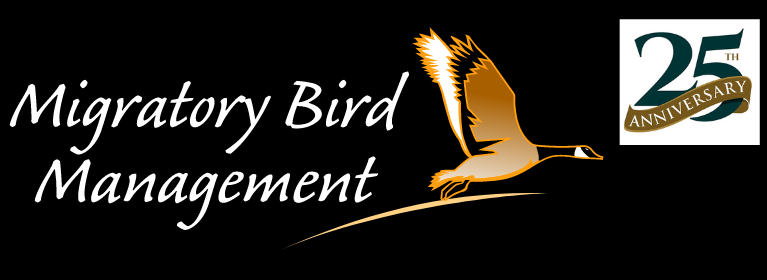April Showers Bring May Flowers….and exposure to bird pathogens?
Apr 2, 2015Spring clean-up typically means cleaning up salt and snow piles, mulching parking lot islands, and planting flowers, however clean-up crews should also look up and head to the roof as part of their regular routine.
What does cleaning the roof have to do with making the building look good? Actually, not much, but it will go a long way towards making the building feel good. Certain bird species inhabit HVAC systems, roost on building ledges, and are prime suspects as one of the main causes of sick building syndrome. Clean up and control of nuisance birds is a key component of managing a sightly and healthy building.
Pigeons, starlings, house sparrows and ring-billed gulls are often considered pest species due to a number of reasons including the fact that they have overly abundant populations, cause extensive damage, and can transmit many diseases to people. The droppings of these birds are very corrosive, and high concentrations can lead to expensive damage to rooftop machinery like HVAC systems and pipes, ruin paint jobs on buildings, signs, and vehicles parked beneath roost sites, and leave unsightly stains on brick work. The cost of bird damage to buildings can be very high considering clean-up time and materials, and repair and replacement expenses. In fact, the build-up of droppings, feathers, and nesting materials due to concentrated bird usage can cut the lifespan of a roof by up to 50 percent!
In addition to expensive damages, nuisance bird populations inhabiting rooftop and window areas can lead to many health concerns. There are over 60 diseases associated with pest bird populations that can be transmitted to humans due these species’ adaptation to leaving in close proximity to, and benefitting from human activities. In an office complex setting, diseases can be directly transmitted to tenants in 3 primary ways: direct contact with feces, ingestion of feces from food and water contamination, and inhalation of fecal dust. Direct contact with feces often occurs when birds roost over entry ways, hand rails and parking areas. When people get in their cars, or grab a handrail as they enter the building, they may also be touching fresh bird droppings. Any open cuts or wounds can easily become infected in this way. In this same manner, feces can be ingested when tenants eat after coming into contact with bird droppings, or when droppings accumulate in outdoor eating areas. Feces can also be tracked into indoor cafeterias when people walk through contaminated areas and then into the building. These 2 methods of transmission are easily noticed and can be prevented through careful hand washing and preventing birds from roosting near entryways and parking garages. The more frightening threat from pest bird populations comes in the form of breathing contaminated air. When birds roost or nest near ventilation systems, their dried droppings become a dust and can be drawn into, and dispersed throughout the entire building. These dust particles often contain dormant bacterial or fungal organisms, and when inhaled into the lungs, the warm, moist environment can reactivate them leading mainly to flu-like symptoms, but can occasionally develop into serious illness. Along with various organisms found within their droppings, birds also harbor numerous parasites including fleas and mites that can also enter the building through ventilation systems and infect tenants working inside. No amount of hand washing and visual attention from tenants will protect them from this type of disease transmission.
It is up to the building managers and engineers to protect the building from these pathogens through thorough inspection of all ventilation systems to look for signs of bird infestation, treat and clean-up the area, and prevent future infestation from occurring. Pest birds are attracted to roof top areas, HVAC systems, and window ledges because they offer shelter from the elements, water sources, perching ledges, and ideal nesting locations. Simply removing existing infestations only serves to invite new birds into the area leading to the same issues all over again. An effective bird control system must incorporate and integrated approach including the identification of problem areas and species, population reduction in the form of trapping and nest removal, thorough cleaning and disinfection of the area, and harassment and exclusion to protect the building from future bird infestations. It’s important to understand exactly what species are causing your problems so that any applicable laws and permit requirements can be followed, and appropriate control techniques utilized. If your program is not species and site specific, there is a good chance it may fail. Also keep in mind that bird droppings, nesting materials, and even dead birds should be treated as hazardous waste and proper precautions must be taken before and during any control systems.
While bird management can be a difficult and costly investment, considering the damage that can be caused by pest bird populations, and the health risks associated with them, it should be a top priority for all building managers. Integrated bird control is an important part of maintaining the aesthetics, safety and overall health of any building. Spring clean-up is an ideal time to review and adjust current control techniques or incorporate a new program if needed.




 0
0
